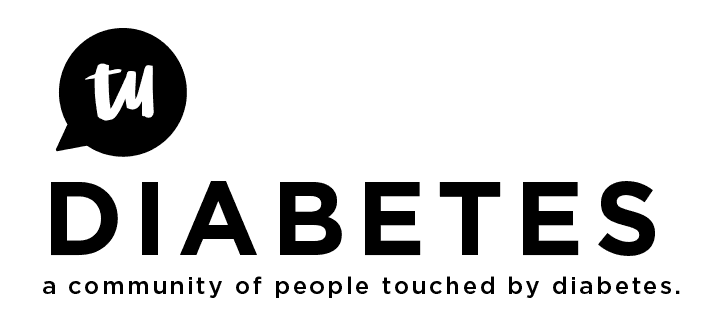How did you do that? Like @MEF I couldn’t see a way of finding out whether the Part D plans available to me at initial enrollment had pods in the formulary and I still don’t know a better way as we approach re-enrollment. Most of what I found was by direct experiment on the basis of insulin; that appeared reliably in the formulary and I eventually found out that Part D did not include Fiasp in the formulary (which is what I was using before enrollment). IRC I used medicare.gov to establish that.
So then I was back to square one and when I went through the list (of Part D providers in Oregon) - 5 different companies - I used the Insulet O5 list (IRC) and came up with just two candiates, UHC and Cigna.
Cigna won out because it was the only one with a premium of $0; the UHC plan (the “AARP” one) has an annual premium of $1005.60 so, given that the OOPMax is $2,000 and the deductible is always $590 that didn’t make any sense without being able to determine that I could really get Dash pods and that they would pay me for using them. (Do the math; the insulin, at $35/month, completely consumes any financial advantage!)
I’ve always ended up in a place where it seems to me that the enormous complexity of the US premiums, deductibles, copays, tiers, out of pocket maxima, is just there to make it impossible for us to make rational decisions.
I finally dug out my self-printed copy of the 108 page Oregon SHIBA document (think how much it cost me to print that, even though I did it double-sided). I think I got the numbers wrong in at least a couple of my posts and I maybe got my reasoning wrong; Part D plans have to cover “[drugs] that are not part of the plan’s formulary.” (That’s a quote from page 31 of the Oregon SHIBA “Oregon Guide to Medicare Insurance Plans”.)
From our point of view it does not matter whether the “drugs” are in the formulary or out of the formulary; we pay exactly the same % of the nominal (fictitious) price of those drugs. So if we meet the “catastrophic coverage” limit with drugs in the formulary we can just use anything we want; it will cost us exactly $2,000 per year (slightly more in 2026) regardless of whether we use drugs that are in or out of the formulary (so long as they require a prescription; OTC Insulin does not count!)
The formulary joke is just a trap to attempt us to change our medications to save the Part D sponsor money. It’s a fine trap if it pays; if it costs us less, but it doesn’t for T1s who use the Omnipod unless we can determine up front exactly what we will pay. So how do we do that?
Here’s the Mission Impossible challenge. I live in zip code 97531 and there are, this year (not next I’m sure) precisely 5 Part D sponsors:
- Aetna Medicare S5601
- Cigna-HealthSpring Rx S5617
- Humana S5884
- United Healtcare S5921
- WellCare S4802
How do any of us determine the exact cost of a 12-month supply of Omnipod Dash (or, easy version, O5) pods? The question is about this year, 2025; the answer, “Well, just ring 'em up.” Does Not Work; it’s hours on the 'phone to find they don’t know.
The only solution to this problem that is vaguely reasonable is one that points to an online resource (any online resource) which will fill in that single, essential number; the actual base cost (before the reduction to our co-pay) of 120 Dash or O5 pods; 24 5-pod boxes.
(c) John Bowler
